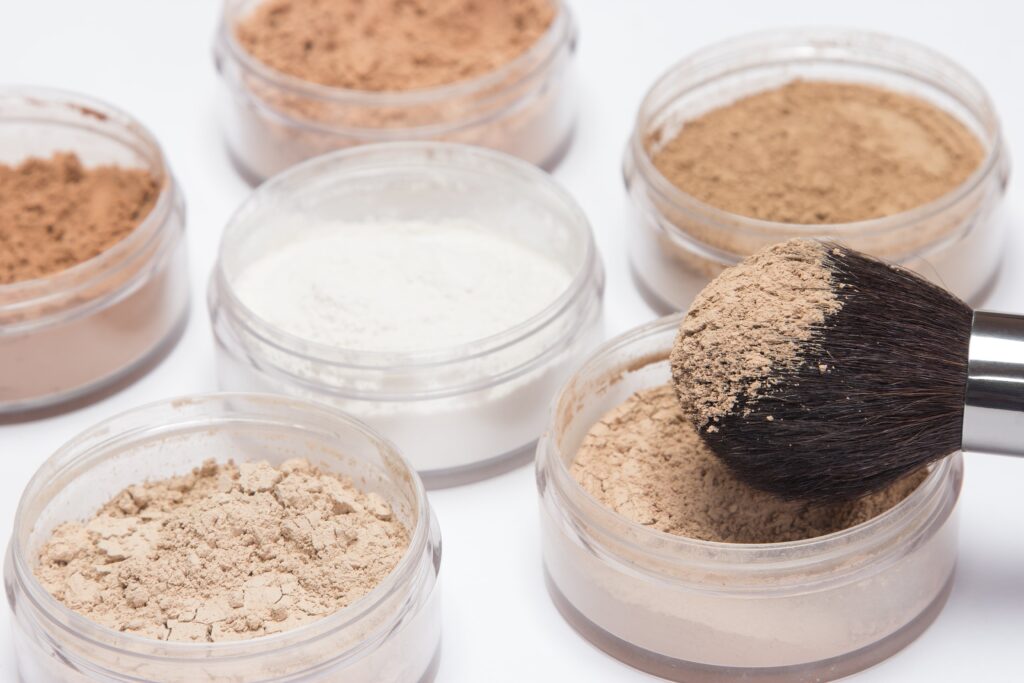
Setting powder is a crucial component in a makeup routine, helping to lock foundation and concealer in place, control shine, and provide a smooth, flawless finish. With countless options available in the beauty market, selecting the best setting powder can be a daunting task. This essay aims to explore and evaluate various factors to consider when determining the best setting powder, such as formulation, skin type compatibility, finish, and longevity.
Formulation and Ingredients
One of the key aspects to consider when choosing a setting powder is its formulation and ingredients. Two primary types of setting powders dominate the market: loose and pressed powders. Loose powders are typically finely milled and offer a lightweight, translucent finish, while pressed powders come in compact form and provide convenience for on-the-go touch-ups.
In terms of ingredients, individuals with sensitive skin should opt for setting powders that are fragrance-free, hypoallergenic, and free from potential irritants.
Skin Type Compatibility
Another crucial consideration when selecting the best setting powder is its compatibility with different skin types. For those with oily skin, a mattifying powder that controls excess shine and oil production is essential. Look for setting powders with oil-absorbing ingredients such as aluminium starch octenylsuccinate to maintain a fresh and matte complexion throughout the day.
On the other hand, individuals with dry skin should opt for hydrating or illuminating setting powders. These powders often contain ingredients like hyaluronic acid or light-reflecting particles, which provide a luminous finish and prevent the skin from appearing dull or cakey.
For combination skin types, to select the best setting powder select one that strikes a balance between oil control and hydration is essential. This can help prevent the powder from clinging to dry patches while keeping shine at bay in oil-prone areas.
Finish and Coverage
The desired finish and coverage are subjective preferences when selecting a setting powder. Some individuals prefer a matte finish, while others gravitate towards a dewy or natural glow. Translucent powders provide minimal coverage and are suitable for those who want to set their makeup without altering the foundation shade. However, individuals seeking additional coverage or color correction may opt for tinted or color-correcting setting powders, which can help even out the complexion or address specific skin concerns.
Longevity and Performance
One of the primary purposes of a setting powder is to extend the longevity of makeup. The best setting powders should effectively lock in foundation and concealer, preventing creasing, smudging, or fading throughout the day. Look for setting powders with long-lasting formulas that boast excellent staying power.
Additionally, setting powders that are resistant to humidity, sweat, and environmental factors are highly desirable, especially for those living in hot and humid climates or with active lifestyles. Powders that offer a lightweight feel and do not settle into fine lines or emphasize texture provide a more natural and flawless look.
Conclusion
In conclusion, the best setting powder ultimately depends on individual preferences, skin type, and desired makeup finish. Considering factors such as formulation, ingredients, skin type compatibility, finish, and longevity can help narrow down the options and find the perfect setting powder. Remember to conduct patch tests and read reviews to ensure the selected setting powder suits your specific needs. By choosing wisely, you can achieve a flawless and long-lasting makeup look that enhances your natural beauty.







Leave a Comment